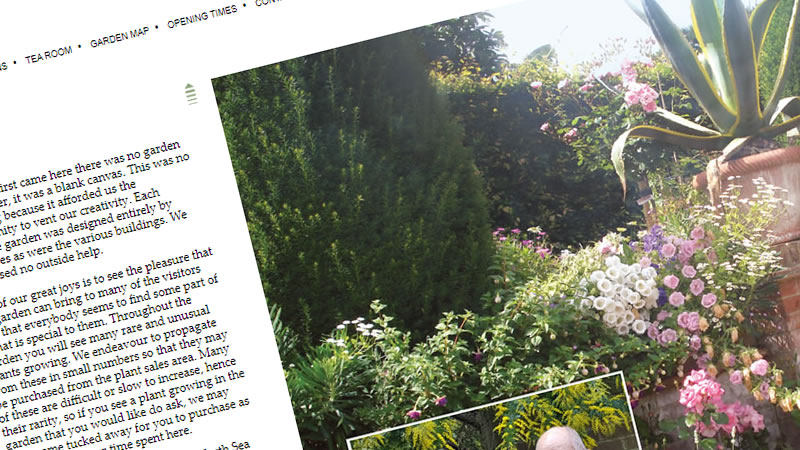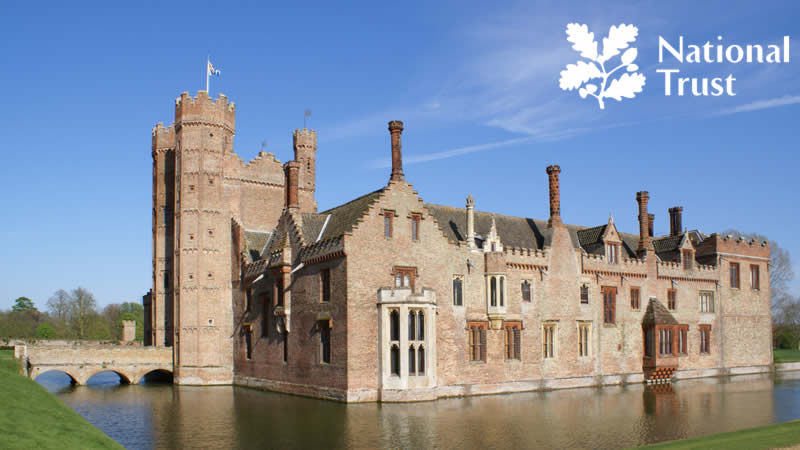Spotting the elusive Bittern in Norfolk
Published date: October 2018

The bittern is one of the rarest breeding birds in the UK, it is very well camouflaged and spends all year round in Norfolk, making its home in reedbeds on the Norfolk Broads. The male has a very distinctive booming call, that it uses to attract a mate, and this can be heard up to 2km away between March and June.
Its scientific name is botaurus stellaris, the bittern’s feathers are a mixture of black, brown, cream and buff, with brown/green legs and a very powerful and chunky beak. Part of the heron family, the bittern has long legs, a long thick neck, dagger-like beak and broad rounded wings. The bittern is smaller than a grey heron, measuring around 75cm long.
Some male bitterns are polygamous, and sometimes several nests are found within the territory of one calling male, each built by a different female. Research has shown that no pair-bond as such is formed and generally the male bittern takes no part in bringing up the young. The nest is made from reed stems and is a shallow platform that is well concealed within the reedbed. It is close to the water-level and the female will add more material to the nest to make sure it doesn’t flood, if the water rises during the nesting period.
Generally, bitterns have one brood each year, laying 5-6 eggs, at 2-3-day intervals, between the end of March and mid-July. The young birds are looked after by the female alone, who feeds them with regurgitated food. When they are 15-16 days old, the young bitterns will leave the nest and explore the surrounding vegetation. Between 50 and 55 days of age they fledge, becoming independent soon afterwards.
In previous centuries bitterns in Norfolk were hunted for food; these heron-like birds were once a prized dish at a medieval banquet. Today they are pretty rare and difficult to spot; you have to be both patient and lucky! In Norfolk the bittern is sometimes affectionately known as a butterbump, due to the large amount of fat it carries.
Sadly, Norfolk has more dead bitterns in glass cases than it has living ones, but their numbers are gradually increasing. Victorian taxidermists favoured the bittern and so did egg collectors, with it becoming extinct in the UK around 1885. The bittern returned to Norfolk in 1900 and today breeding pairs can be found in reedbeds in several locations around Norfolk.
Favouring wetlands with extensive reed cover, the Norfolk Broads make an ideal habitat for the bittern and are one of the best places in the UK to see them, attracting ‘twitchers’ from around the country and further afield. Norfolk Wildlife Trust’s Hickling Broad and Cley Marshes are two nature reserves where the bittern is regularly spotted. RSPB’s Strumpshaw Fen and Titchwell Marsh reserves are also favoured by the bittern and winter is a particularly good time to see them, when the small breeding population is boosted by wintering bitterns, visiting the county from abroad. During the summer months, when they are feeding their young, you are more likely to spot bitterns in flight.
Visit the following Norfolk Wildlife Trust locations and RSPB reserves to try and catch a glimpse of the elusive bittern in Norfolk. However, you are more likely to hear them booming during the mating season than see them, unfortunately.
Norfolk Wildlife Trust, Hickling Broad, Potter Heigham, Norfolk, NR12 0BW
Norfolk Wildlife Trust, Cley Marshes, Cley next the Sea, Holt, Norfolk, NR25 7SA
RSPB Strumpshaw Fen, Low Rd, Strumpshaw, Norwich, Norfolk, NR13 4HS
RSPB Titchwell, Main Rd, Titchwell, King’s Lynn, Norfolk, PE31 8BB

Norfolk Shortcake Recipe

A day out at Gressenhall Farm and Workhouse

Horse Riding and Horse Riding Holidays in Norfolk

Dog Friendly Pubs in Norfolk

Sainsbury Centre

Fakenham Racecourse

Afternoon Tea in Norfolk

15 of the Best Places to Picnic in Norfolk

East Ruston Old Vicarage

Great Yarmouth Pleasure Beach

Gardens to Visit in Norfolk

Art Fair East comes to Saint Andrews Hall

Sheringham Highlights - things to see and do in and around the town

Whitlingham Country Park




